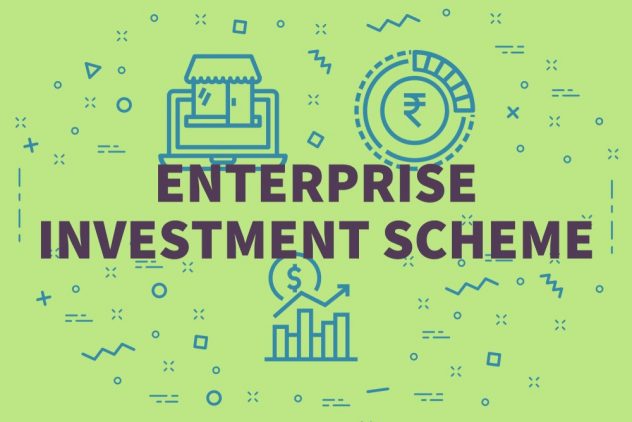If you’re looking for ways to raise funds to use within your business, the Enterprise Investment Scheme (EIS) might be an option depending on your type of business.
The EIS is a UK government-backed scheme for investments. Under the rules of this scheme, investors can claim generous tax reliefs for investing in newer, often higher-risk companies.
 How the EIS works
How the EIS works
The government created the EIS to help young businesses raise money to accelerate their growth. It does this by enabling investors who buy shares in a qualifying company to claim additional tax reliefs.
Currently, under the rules of the scheme, a business can raise up to £5 million in funding every year. This extends to a maximum of £12 million in funding over the lifetime of the company.
This figure also takes into account any funds received from other venture capital schemes. A company also has to receive its investments within seven years of its first commercial sale too.
What you can use EIS money for
When raising money using EIS investments, as a company owner you are required to use the funds under the following conditions:
For qualifying trades – These are normal business trades, including research and development costs that lead to qualifying trades. You can check the gov.uk site if you need to confirm what constitutes a qualifying trade.
Not for buying other businesses – You can’t use the funds to buy part of or a whole business.
Must be spent within 2 years – You have to spend the funds within 2 years of receiving it. You can’t use the funds to grow or develop your business, however, you must use it for qualifying trades.
Must pose a risk – The investment has to pose a risk of loss to capital for the investor.
Do you qualify for EIS funding?
The scheme is only available to businesses that meet the following criteria:
As you can see from the qualifying requirements, you are required to be a UK-based business without giving a majority stake to another business or having other business interests of your own.
Tax reliefs for investors
From the investor’s side, tax relief provides a good incentive for them to invest in qualifying companies.
Tax relief of 30% can be claimed on investments of up to £1,000,000 in a tax year. Meaning, an investor can file for a maximum of £300,000 of tax relief in each tax year if they have the tax liability to cover it.
This amount of tax relief is a huge upside. The risk, however, is that the company may go bust or the shares reduce in value.
How do you get started?
If you are a business owner interested in pursuing EIS, the first thing to do is to check you’re eligible.
To be completely sure you’re eligible for going ahead, you can ask the HMRC by applying for what they call “Advance assurance” on a venture capital scheme.
You can use this so how potential investors that you qualify, and as long as they have the tax liability they will be able to claim the 30% tax relief on any amount they invest in your company in return for shares.













Leave A Comment